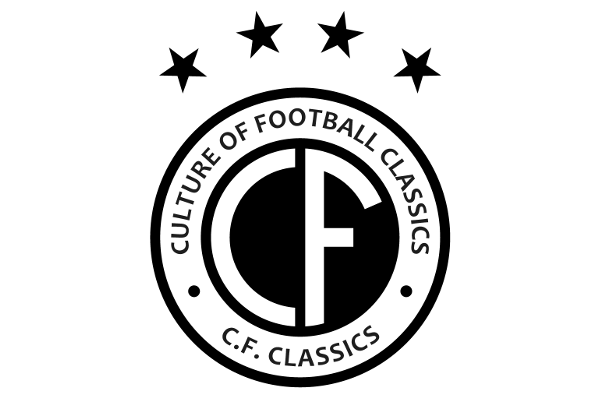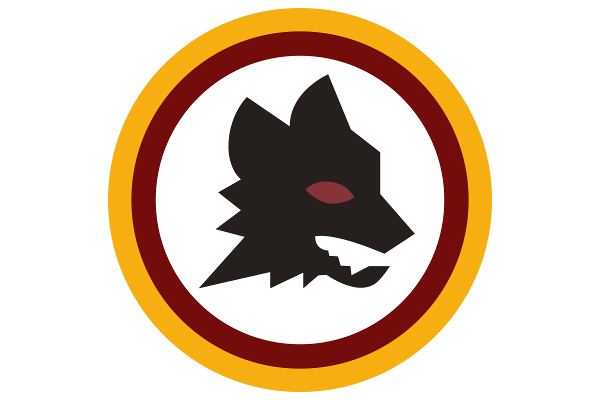The Evolution of the Ajax Crest
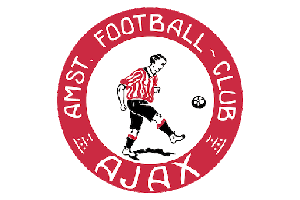
1900-1911
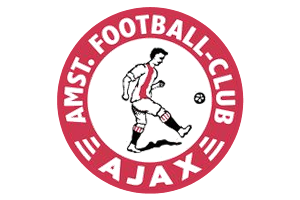
1911-1928
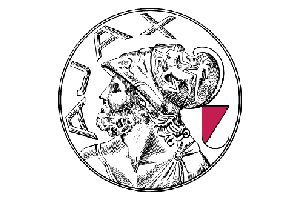
1928-1990
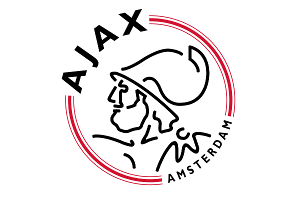
1990...
Ajax crest 1911 to 1928

A tweak was made to the design in 1911 when the club were promoted to the top division (the Eerste Klasse). Away kits didn't exist, so to prevent a clash with Sparta Rotterdam, Ajax changed to their now legendary thick red vertical stripe. The player in the crest was changed to reflect the new kit design.
This era saw Ajax become Dutch Football League Winners for the first time, in the 1917-18 season.
Ajax crest 1928 to 1990

The crest stayed the same until 1928, and a radical change to reflect the club's name. Named after the mythological Greek hero "Ajax", his head was used in the design along with the name. It was quite arty, and quite elaborate, but instantly recognisable. This AJAX crest was used for more than 60 years, through the glory years of the 1970s when they ruled Europe (they were European Cup winners three seasons in a row at the start of the decade), often appearing as a huge badge on their training gear, making it one of most recognisable of the 1970s football crests.
Ajax crest 1990 Onwards...

1990 was a fine year for Ajax. Not only did they become Eredivisie winners for the first time in five years, but they also created this iconic crest design. They decided that the "Ajax head" needed a more modern look, mainly for commercial reasons, so went for an abstract design, the head made up of eleven lines, each representing the eleven players in the Ajax team. As 1990s football crests go, it doesn't get much better than this.
Tweet
